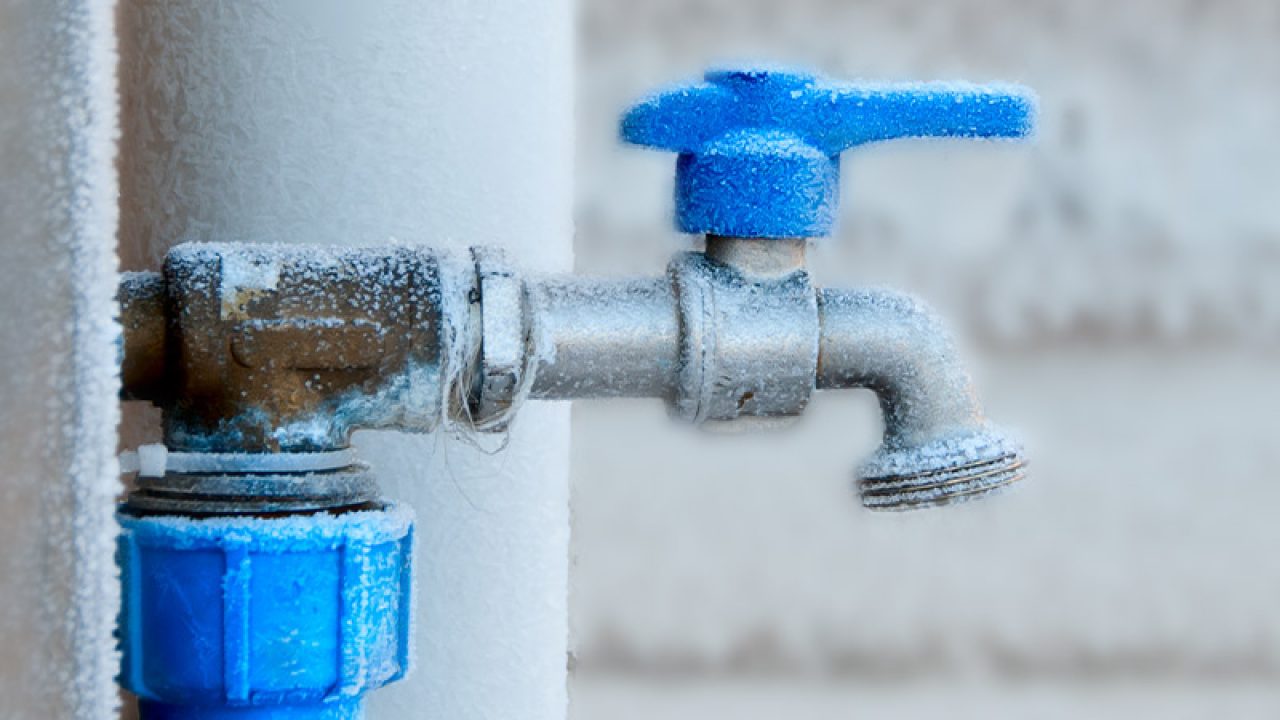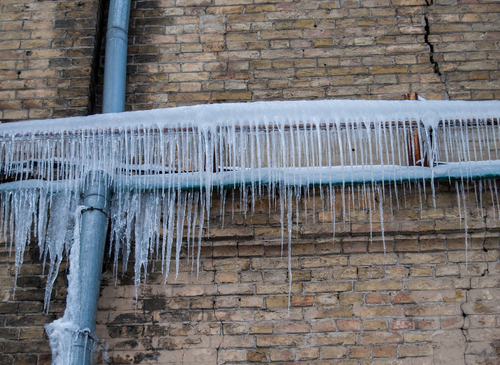Here further down you can locate a bunch of amazing answers about How To Avoid Freezing Pipes.

Winter can ruin your pipes, particularly by freezing pipes. Below's exactly how to stop it from occurring and what to do if it does.
Intro
As temperatures decrease, the risk of icy pipelines increases, possibly resulting in pricey repair services and water damages. Understanding just how to prevent frozen pipes is important for house owners in cold environments.
Prevention Tips
Protecting vulnerable pipes
Wrap pipes in insulation sleeves or utilize heat tape to secure them from freezing temperatures. Concentrate on pipelines in unheated or external areas of the home.
Home heating techniques
Maintain indoor areas properly heated up, specifically locations with pipes. Open up closet doors to enable cozy air to distribute around pipelines under sinks.
Just how to determine frozen pipelines
Look for lowered water flow from faucets, uncommon smells or noises from pipes, and noticeable frost on revealed pipes.
Long-Term Solutions
Architectural adjustments
Think about rerouting pipes far from outside wall surfaces or unheated locations. Add extra insulation to attic rooms, basements, and crawl spaces.
Updating insulation
Purchase top notch insulation for pipes, attics, and walls. Proper insulation assists maintain consistent temperature levels and minimizes the threat of frozen pipelines.
Shielding Outdoor Pipes
Garden hoses and outside faucets
Detach and drain pipes garden hoses before winter season. Set up frost-proof faucets or cover outdoor taps with protected caps.
Comprehending Frozen Pipelines
What creates pipelines to ice up?
Pipelines freeze when exposed to temperature levels below 32 ° F (0 ° C) for extended durations. As water inside the pipes freezes, it broadens, taxing the pipeline walls and possibly creating them to break.
Threats and problems
Icy pipes can lead to supply of water disturbances, residential property damages, and pricey repair services. Burst pipelines can flood homes and cause substantial architectural damage.
Indications of Frozen Pipes
Recognizing icy pipelines early can avoid them from bursting.
What to Do If Your Pipes Freeze
Immediate activities to take
If you suspect frozen pipelines, keep taps available to eliminate pressure as the ice melts. Utilize a hairdryer or towels soaked in warm water to thaw pipes slowly.
Conclusion
Avoiding icy pipelines requires aggressive measures and quick actions. By comprehending the causes, indicators, and preventive measures, home owners can safeguard their pipes during cold weather.
5 Ways to Prevent Frozen Pipes
Drain Outdoor Faucets and Disconnect Hoses
First, close the shut-off valve that controls the flow of water in the pipe to your outdoor faucet. Then, head outside to disconnect and drain your hose and open the outdoor faucet to allow the water to completely drain out of the line. Turn off the faucet when done. Finally, head back to the shut-off valve and drain the remaining water inside the pipe into a bucket or container. Additionally, if you have a home irrigation system, you should consider hiring an expert to clear the system of water each year.
Insulate Pipes
One of the best and most cost-effective methods for preventing frozen water pipes is to wrap your pipes with insulation. This is especially important for areas in your home that aren’t exposed to heat, such as an attic. We suggest using foam sleeves, which can typically be found at your local hardware store.
Keep Heat Running at 65
Your pipes are located inside your walls, and the temperature there is much colder than the rest of the house. To prevent your pipes from freezing, The Insurance Information Institute suggests that you keep your home heated to at least 65 degrees, even when traveling. You may want to invest in smart devices that can keep an eye on the temperature in your home while you’re away.
Leave Water Dripping
Moving water — even a small trickle — can prevent ice from forming inside your pipes. When freezing temps are imminent, start a drip of water from all faucets that serve exposed pipes. Leaving a few faucets running will also help relieve pressure inside the pipes and help prevent a rupture if the water inside freezes.
Open Cupboard Doors
Warm your kitchen and bathroom pipes by opening cupboards and vanities. You should also leave your interior doors ajar to help warm air circulate evenly throughout your home.

We are very serious about How To Avoid Freezing Pipes and I hope you liked the new piece. Are you aware of somebody who is curious about the niche? Why not promote it. I praise you for your time. Don't hesitate to visit our blog back soon.
Call Today